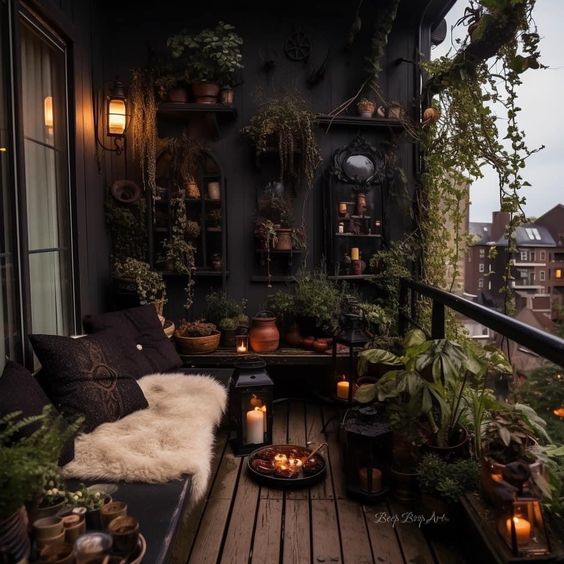In our increasingly urbanized world, the disconnect from nature is palpable. Yet, a movement is burgeoning that promises to rekindle our innate connection to the natural world: Biophilic Design. This innovative approach not only beautifies our living spaces but also enhances our well-being. Welcome to a journey through the wonders of bringing nature indoors.

What is Biophilic Design?
Biophilic design is an architectural and interior design philosophy that seeks to integrate natural elements into built environments. The goal is to create spaces that foster a deeper connection with nature, thereby improving mental and physical health. This concept goes beyond mere aesthetics; it’s about creating environments that nurture the human spirit.
The Science Behind Biophilic Design
Research has consistently shown that biophilic design can reduce stress, enhance creativity, and improve overall well-being. Our brains are wired to respond positively to natural stimuli, which can be as simple as the sound of water, the sight of greenery, or the texture of natural materials. The biophilia hypothesis, introduced by biologist E.O. Wilson, suggests that humans have an inherent inclination to affiliate with nature, which biophilic design seeks to fulfill.

Key Elements
- Natural Light: Maximize natural light through large windows, skylights, and open spaces. Natural light not only illuminates but also enhances mood and productivity. Studies have shown that exposure to natural light can regulate our circadian rhythms, leading to better sleep and overall health.
- Greenery: Incorporate plants and greenery throughout your home. From potted plants to green walls, the options are endless. Plants can improve indoor air quality by filtering pollutants and releasing oxygen. Popular choices include spider plants, peace lilies, and ferns, which are all known for their air-purifying properties.
- Natural Materials: Use materials like wood, stone, and bamboo to create a warm, inviting atmosphere. These materials not only add a tactile richness but also connect the indoor environment with the natural world outside. Reclaimed wood or locally sourced stone can add an eco-friendly touch to your decor.
- Water Features: Introducing water elements such as fountains or aquariums can create a soothing environment. The sound of water can be incredibly calming, promoting a sense of tranquility and relaxation. A small indoor fountain or a fish tank can add both aesthetic and auditory pleasure to a space.
- Nature-Inspired Art: Artwork depicting natural scenes or using organic materials can evoke a connection to the outdoors. This can range from paintings of landscapes to sculptures made from driftwood. Art that mimics natural forms, such as fractals, can also have a calming effect on the mind.

Practical Tips for Incorporating Biophilic Design
- Start Small: If you’re new to biophilic design, start by adding a few plants or a small water feature. Even minor changes, like a new houseplant or a nature-themed artwork, can make a significant difference.
- Mix and Match: Combine different elements like natural light and greenery to create a holistic environment. For example, position plants near windows to maximize the benefits of natural light and greenery together.
- Use What You Have: Integrate natural materials already present in your home, such as wooden beams or stone walls. Repurpose old items to create new biophilic features, like turning an old wooden ladder into a plant stand.
- DIY Projects: Engage in DIY projects to bring personalized natural elements into your space. Consider crafting a plant terrarium or a driftwood sculpture. These projects not only enhance your space but also provide a creative outlet and a sense of accomplishment.

The Future of Biophilic Design
As awareness of environmental sustainability and personal well-being grows, biophilic design is set to become a cornerstone of modern living. Architects and designers are increasingly incorporating biophilic principles into their projects, from residential homes to commercial buildings. This trend reflects a broader cultural shift towards sustainable living and a deeper appreciation for the natural world.
Innovations such as smart technology that mimics natural processes, like circadian lighting systems, are enhancing the biophilic design experience. These advancements allow us to integrate nature into our lives in new and exciting ways, creating environments that are not only beautiful but also deeply nurturing.

Embrace the serenity and vitality of the natural world within your home. Biophilic design is not just a trend; it’s a return to our roots, a way to harmonize our indoor environments with the essence of nature. Start small, dream big, and let nature inspire every corner of your home.

